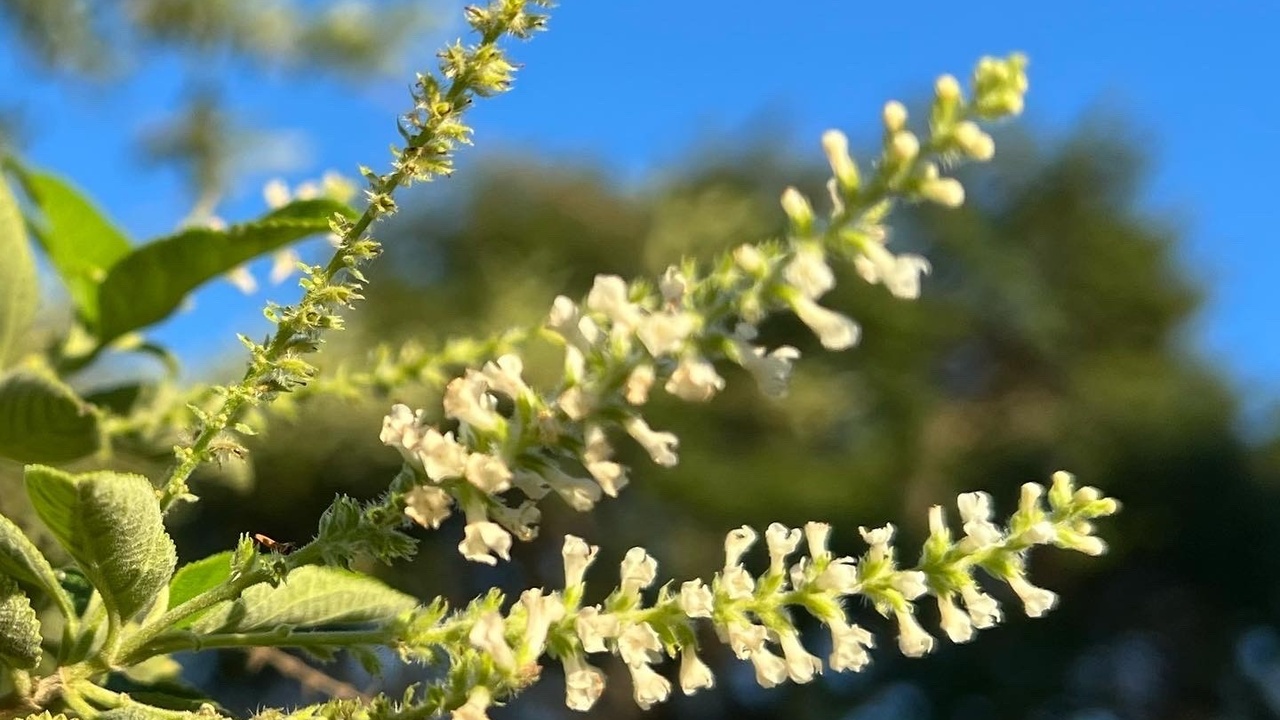Understanding and Treating Shoulder Pain

Be sure to enjoy everything nature has to offer - including smelling this delight - Sweet Almond! (This particular tree is in the Children's Garden in Lakes Park - Fort Myers, FL).
The management of shoulder injuries is one of the most challenging in physiotherapy.
With the complexity of the shoulder joint and the wide variety of injuries and conditions associated with the shoulder, it can make diagnosing shoulder pain tricky.
The shoulder joint is one of the most mobile joints in the body, which, unfortunately, also makes it one of the most unstable joints and therefore highly susceptible to injury.
Shoulder injuries make up a large proportion of the musculoskeletal injuries, with nearly everyone between the ages of 18-88 experiencing at least one shoulder injury in their lifetime.
Regardless of whether the pain is felt directly in the shoulder, there are several different anatomical structures that can trigger pain.
In some cases, the source of pain may be referred from other areas of the body, such as the neck, back or chest. When talking to a health professional, a thorough medical history is essential, as more severe health conditions can also present as shoulder pain.
Shoulder pain may also present in the form of more chronic conditions such as frozen shoulder, osteoarthritis or rheumatoid arthritis.
For most people, however, shoulder pain is either the result of trauma via a fall or a sports injury from repetitive overload or strain.
There are several terms used to identify different types of shoulder pain,
Subacromial pain syndrome (SAPS) and rotator cuff related shoulder pain (RCRSP) are the two most commonly used terms today.
SAPS includes all non-traumatic shoulder problems where the pain is localized to the acromion (boney process on the scapula/shoulder blade) and worsens during or after lifting the arm.
Rotator cuff related shoulder pain (RCRSP) is a comprehensive term that encompasses a spectrum of shoulder conditions.
RCRSP conditions include rotator cuff tendinitis, impingement syndrome and partial and full-thickness rotator cuff tears.
Even with high tech-imaging, it is often difficult to identify which structure within the shoulder is causing pain or dysfunction as individuals may experience pain differently, or report no pain at all.
The Rotator Cuff (RC) is a group of four distinct muscles and their tendons, which provide strength and stability during motion of the shoulder.
Rotator cuff injuries are common and can occur at any age. In younger patients, most injuries occur secondary to trauma or arise from overuse due to overhead activities. The incidence of injury increases with age leading to tissue damage and loss of function.
Common symptoms associated with Rotator cuff related pain are pain in the shoulder, loss of movement or function and pain with movement, as well as muscle weakness.
If you suspect a shoulder injury or if you've had a shoulder injury in the past, early detection is the key to preventing a serious shoulder problem. Seek the advice of a skilled health care provider as soon as possible. They can diagnose and prescribe the best course of treatment for you.
In addition, daily shoulder stretches and strengthening exercises can help prevent future injury.
Most people exercise the front muscles of the chest, shoulder and upper arm, but it is equally important to strengthen the muscles in the back of the shoulder and around the shoulder blade to optimize shoulder muscle balance.
Angie Ferguson is an exercise physiologist and Tony Robbins Results Coach from Fort Myers, Florida. She also is a Corrective Biomechanics Specialist, USA Triathlon Advanced Level 2 coach, USA Cycling coach, has a Specialty in Sports Nutrition certification, and a PhD in results!
If you're looking for continual support, direction, guidance & accountability join Angie's Monthly Program here, and we'll help you look, feel and be your very best!

